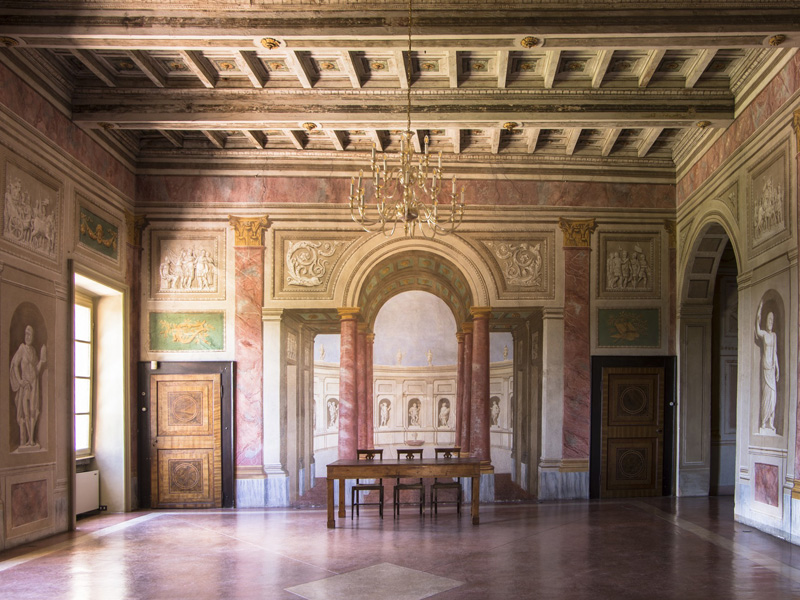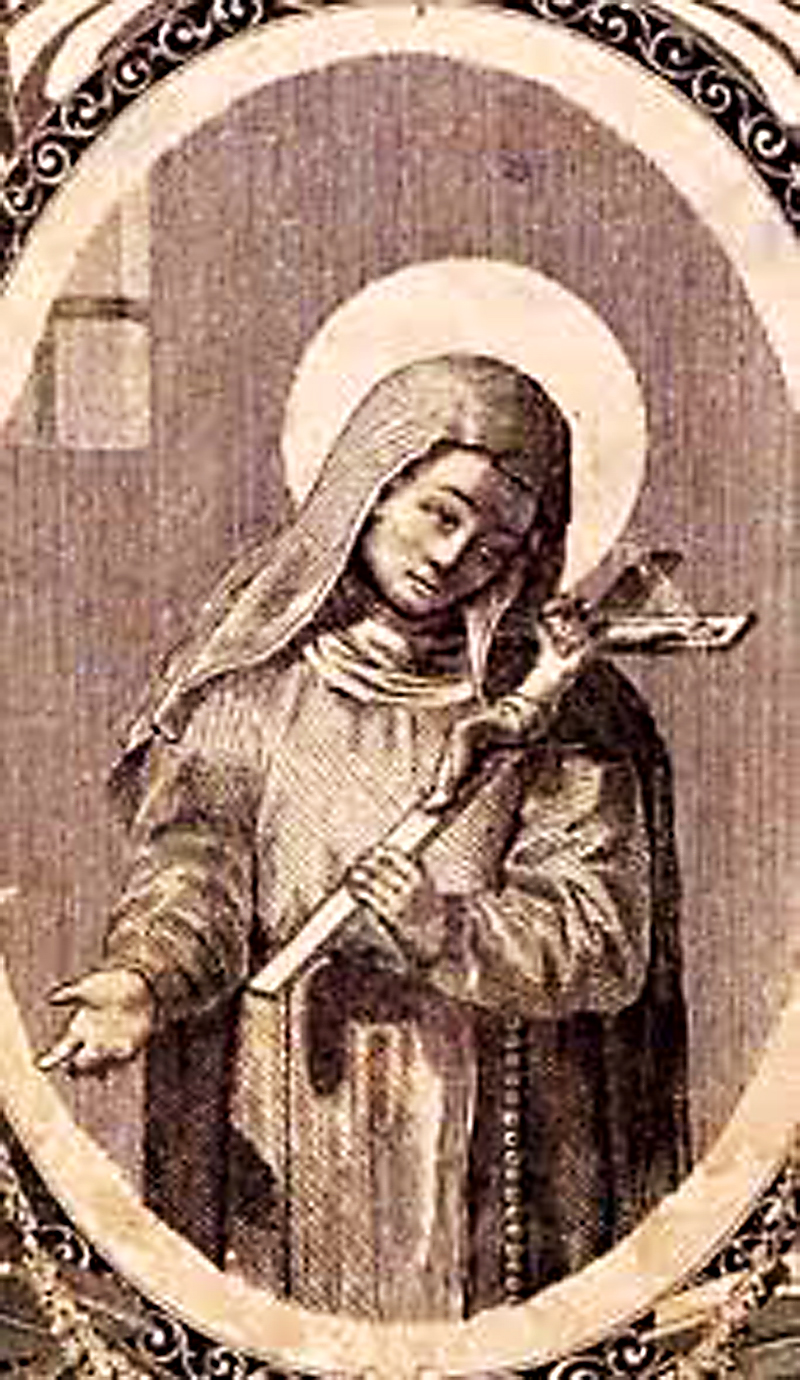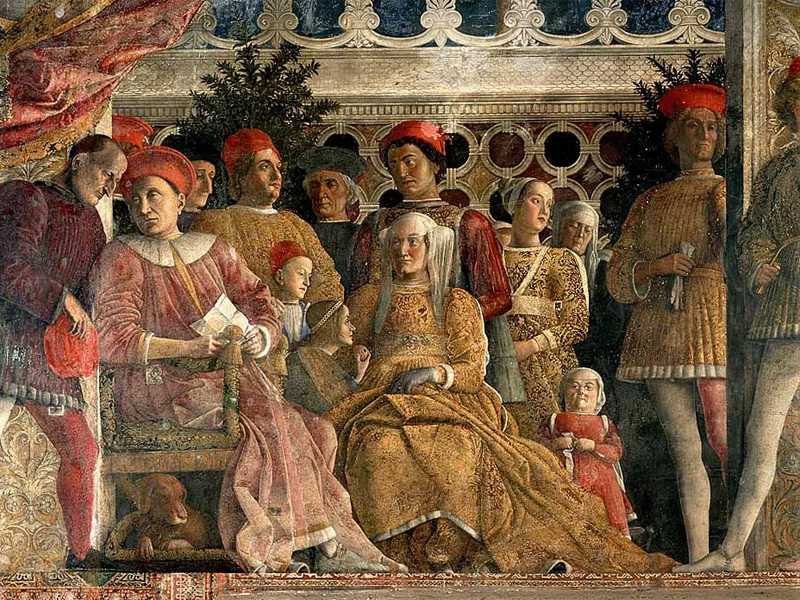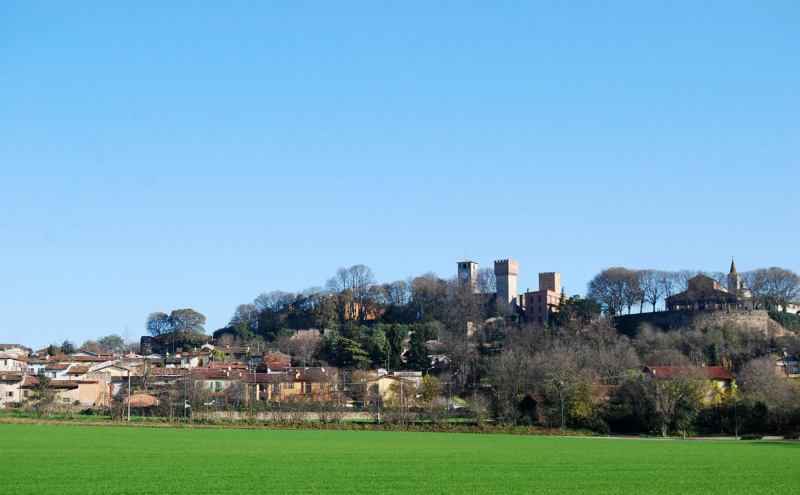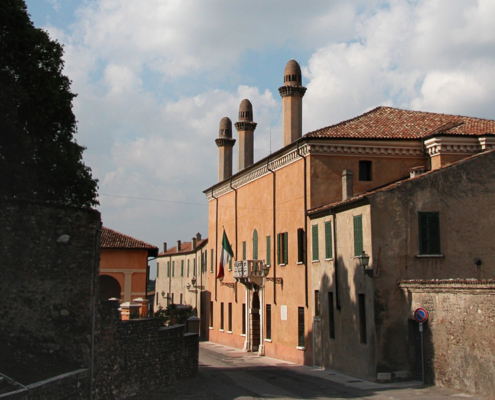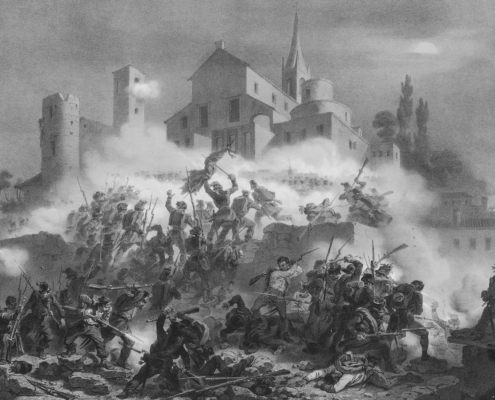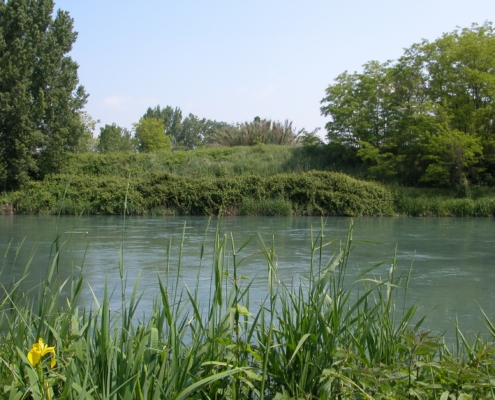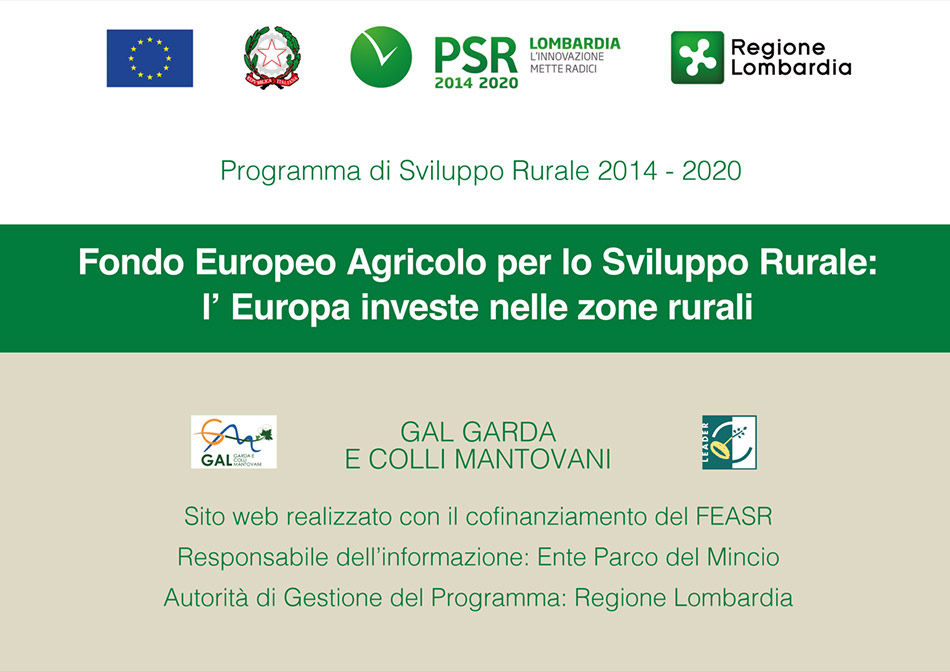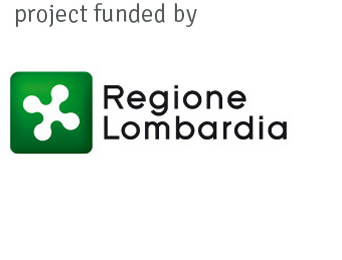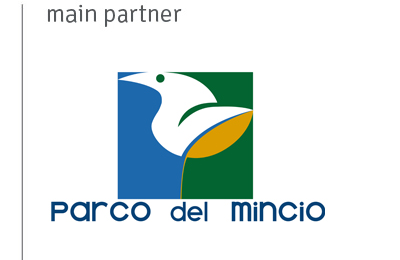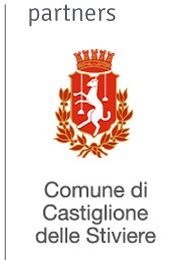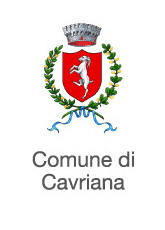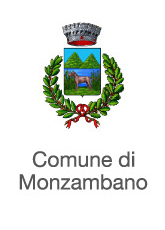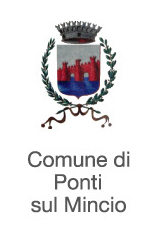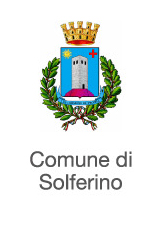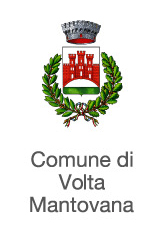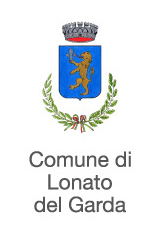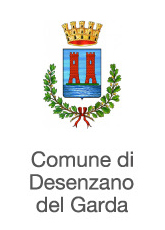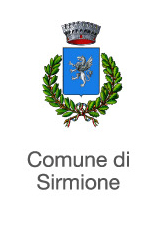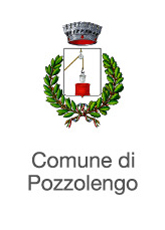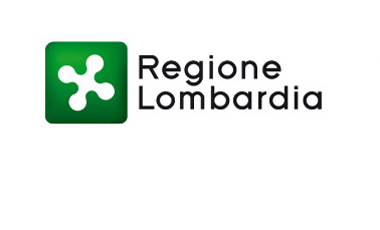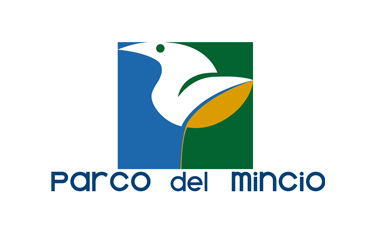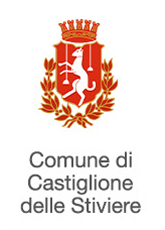![]() – Volta Mantovana
– Volta Mantovana
The history of Volta Mantovana
The environment
Volta Mantovana rises on the Morainic Hills, between the Po Valley and the southern shore of Lake Garda in an area with a mild climate and lush nature. Its territory, with recognized environmental and landscape values, is included in the boundaries of the Mincio Natural Park. The typicality and authenticity of the food and wine products make the visit even more rewarding.
The first settlements date back to the Middle Bronze Age, but the territory was inhabited by Celtic, Etruscan and Roman populations, as attested by the archaeological finds kept in the Archaeological Museum of Cavriana. In the early Middle Ages, an urban agglomeration arose in Volta Mantovana, favored by the early birth of a curtis and a castrum, a castle dominating the plain, which the scholar Giovanni Paccagnini dated back to the Carolingian era. The fabric of the surviving walls is largely made up of giarones, river pebbles collected by the homines de Volta. Today’s clock tower was probably the ancient keep located inside the fortress. Under the dominion of the Canossa family, the existence of the parish church of San Pietro dependent on the bishop of Mantua, the curtis cum castrum and the chapel dedicated to Santa Maria is attested. Only a section of the perimeter wall remains of the ancient castle.
In Volta Mantovana, in 1080, the army of the Grand Countess Matilda of Canossa was defeated by the imperial army in the fight between Pope Gregory VII and Henry IV. Upon the death of Matilda of Canossa (1115), Volta acquired an autonomous administrative structure. Between the end of the 10th century and the beginning of the 11th century, the curtis and the castrum entered the sphere of power of the Canossa family. Until the 13th century, Volta Mantovana consisted of a fortified center defended by the walls, the curtis, the parish church and some groups of houses built both inside and around the walls. Towards the mid-1400s, the marquises of Mantua, Ludovico Gonzaga and Barbara of Brandenburg, had a palace built to serve as a country villa. The building has an asymmetrical façade with a stone portal and two rows of windows: three chimneys with an original structure rise on the roofs. The interiors are of fine workmanship, with sixteenth-century decorations, frescoes and wooden ceilings. Of particular interest are the frescoes on the vault of the apse of the ancient Oratory dedicated to the nativity of Mary, attributed to Teodoro Ghisi, a painter from the circle of Giulio Romano. The ballroom of the neoclassical school of Mantua preserves intact the charming charm of trompe l’oeil, typical of this period. A peculiar example of Italian gardens, the gardens of the villa still retain their harmony of hedges and statues intact. Under Austrian rule, Volta became the theater of the Wars of Independence: on 26 and 27 July 1848 a battle was fought here between the Austrian troops and the soldiers of Carlo Alberto. The same year, in the Gonzaga Guerrieri Palace, the king of Sardinia issued the decree assigning the new tricolor flag to his warships and those of the merchant navy. On 24 June 1859 the Emperor of Austria Franz Joseph was in Volta Mantovana when his army retreated, defeated at Solferino, and in the Third War of Independence the command of some army corps of the Italian army. Ivanoe Bonomi, Prime Minister after the Second World War, was born in Volta.
Good to know


